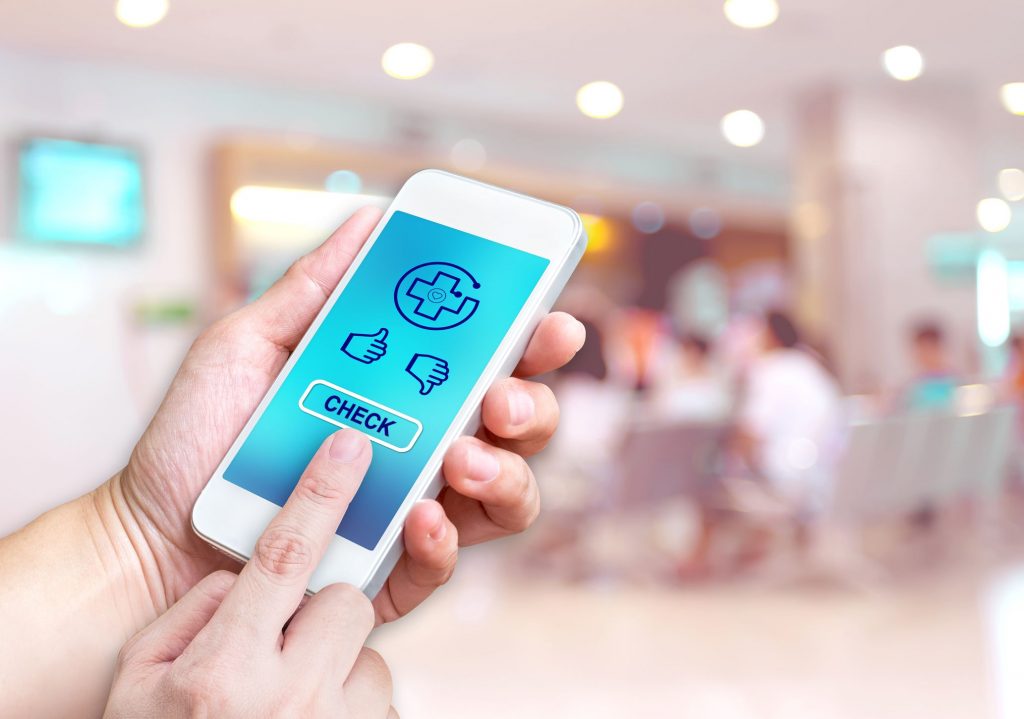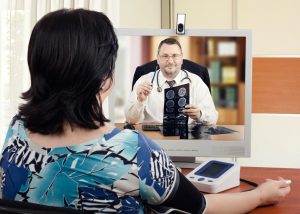There’s an app for everything these days. Restaurants have apps that allow customers to place advance orders and skip lines. Cable companies’ apps permit customers to pay bills or stream television content while auto manufacturers have made it possible to connect with your vehicle no matter where you are via an app.
Hospitals and healthcare providers, in an effort to reach patients and better communicate with them, also have adopted the use of apps and patient portals. However, despite the success of apps in other areas, provider apps aren’t performing well and fail to meet patients’ needs.
According to a report by Accenture, 66% of the largest 100 United States hospitals have apps but are only reaching 2 percent of patients through those apps.
More than 50% of health consumers want to interact with healthcare providers via smartphone technology, but the response has been unsatisfactory, leading industry leaders to push for the development of open APIs (application programming interface) and less regulatory burden placed on developers.
“The problem is exacerbated by a marketing sea change called ‘liquid expectations,’ when consumer experiences seep over from one industry into another, creating an expectations chasm,” the Accenture report stated. That trend isn’t likely to change any time soon.
Around 7% of patients switch healthcare providers because of poor customer service, which is about a $100 million revenue loss for hospitals. Providers could see a higher switch rate with this chasm, just like in the cell phone industry, cable TV, or retail.
Developers Stepping In
Third-party apps have and will continue to break into that expectations chasm by offering more than the than the provider apps and patient portals. These third-party apps have greater functionality, better design and a superior user experience.
A report from the Government Accountability Office says that 90% of health systems already have some form of a patient portal in place, but only 15% of their patients are actively using it. One theory has been that this is because the apps aren’t connecting patients to providers where they want it, on their mobile devices.
Another theory from the Accenture report, posits that only 11% of provider apps fulfill at least one of the three things consumers want most in a health app: ability to refill prescriptions, ability to book appointments and access to medical records. Provider tools have a much lower rating than third-party apps, and fewer downloads across both Android and Apple devices.
In an interview with HIT Consultant, Sravish Sridhar, chief executive officer of cloud platform Kinvey, said, “User experience is everything in digital innovation. Your app needs the functionality that people really want. It has to be as fast and responsive. It has to be intuitive and simple to use. It has to make things easier. It can’t just be another channel through which users accomplish the same things they can do elsewhere. Unless you have all of these requirements nailed, your chances of success are slim.”
User experience drives patient engagement. Trends in vertical integration will put more health services, from payers to providers and pharmacies under one umbrella. Patient access and control over health data, prescriptions and insurance information will in turn help drive innovation.
Cue the involvement of tech giants. Google created the PC360 patient portal, capable of delivering on all three of those previously mentioned expectations. It also allows patients to view doctors, provide patient feedback about doctor’s and their services, chat with doctors through messaging features and securely attach medical records to those messages for the doctor’s reference.
The messaging piece is a key feature in patient engagement, according to Brian Eastwood, patient engagement expert and analyst at Chillmark Research.
“Messaging also provides a way for patients to ask low-acuity care questions directly to their care team, instead of seeking out telehealth, retail health or urgent care options,” Eastwood, a HIMSS Social Media Ambassador, told Healthcare IT News. “Messaging complements the level of engagement necessary to support a provider’s larger care management and population heath management goals, which often rely on frequent communication to help patients avoid 30-day hospital readmissions or achieve care plan goals tied to clinical outcomes.”
The access to health information piece may be partially solved by Apple’s development of its Health Records app, which will provide patients with complete access to their EHR and medical histories right there on the device.
This could potentially make it a lot easier for patients to engage with physicians in meaningful conversations about their health data while choosing for themselves who they share it with.




